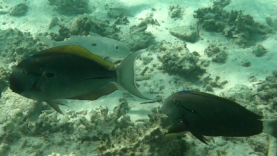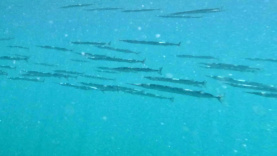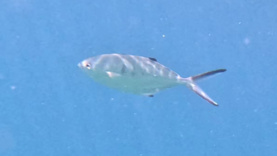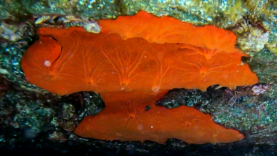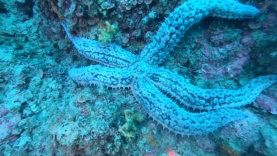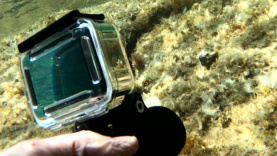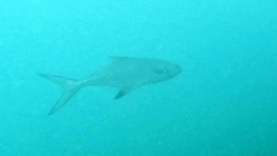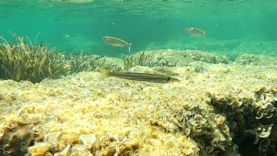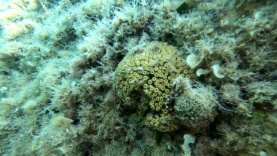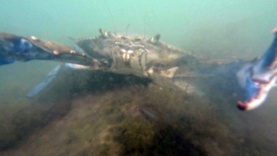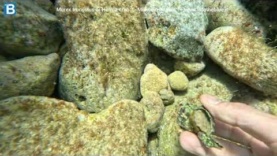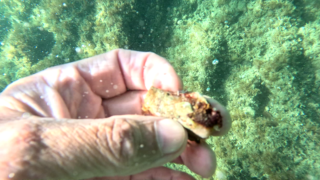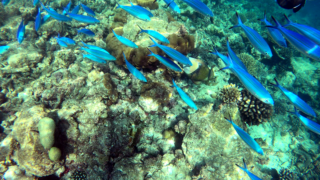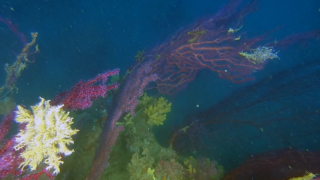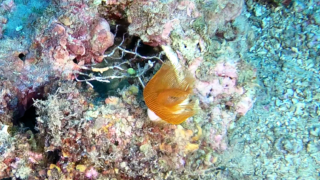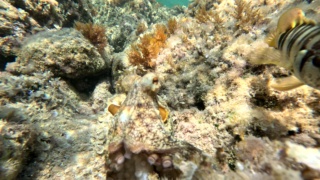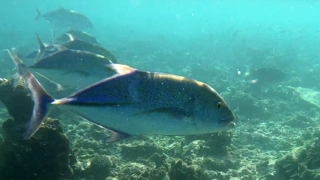Murex trunculus or Hermit crab?
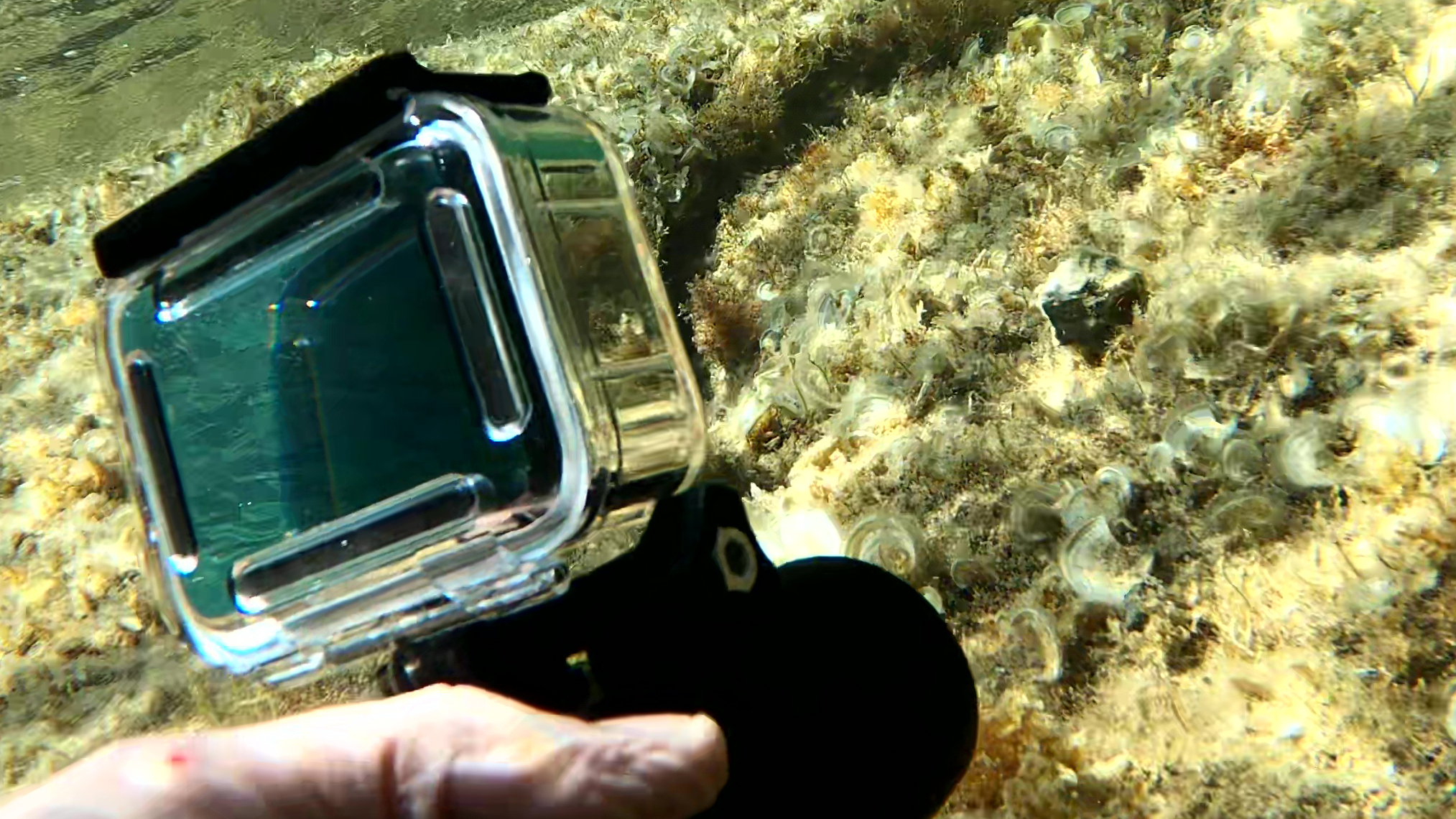
Often while snorkelling it happens to find some shells and in the Mediterranean it is easy to meet the Murex shell only that we do not always find the mollusk inside, Murex trunculus or Hexaplex trunculus, but the classic Hermit crab which has appropriated a bigger, more beautiful but above all safer house. Murex trunculus Hermit crab Murice Paguro www.intotheblue.it
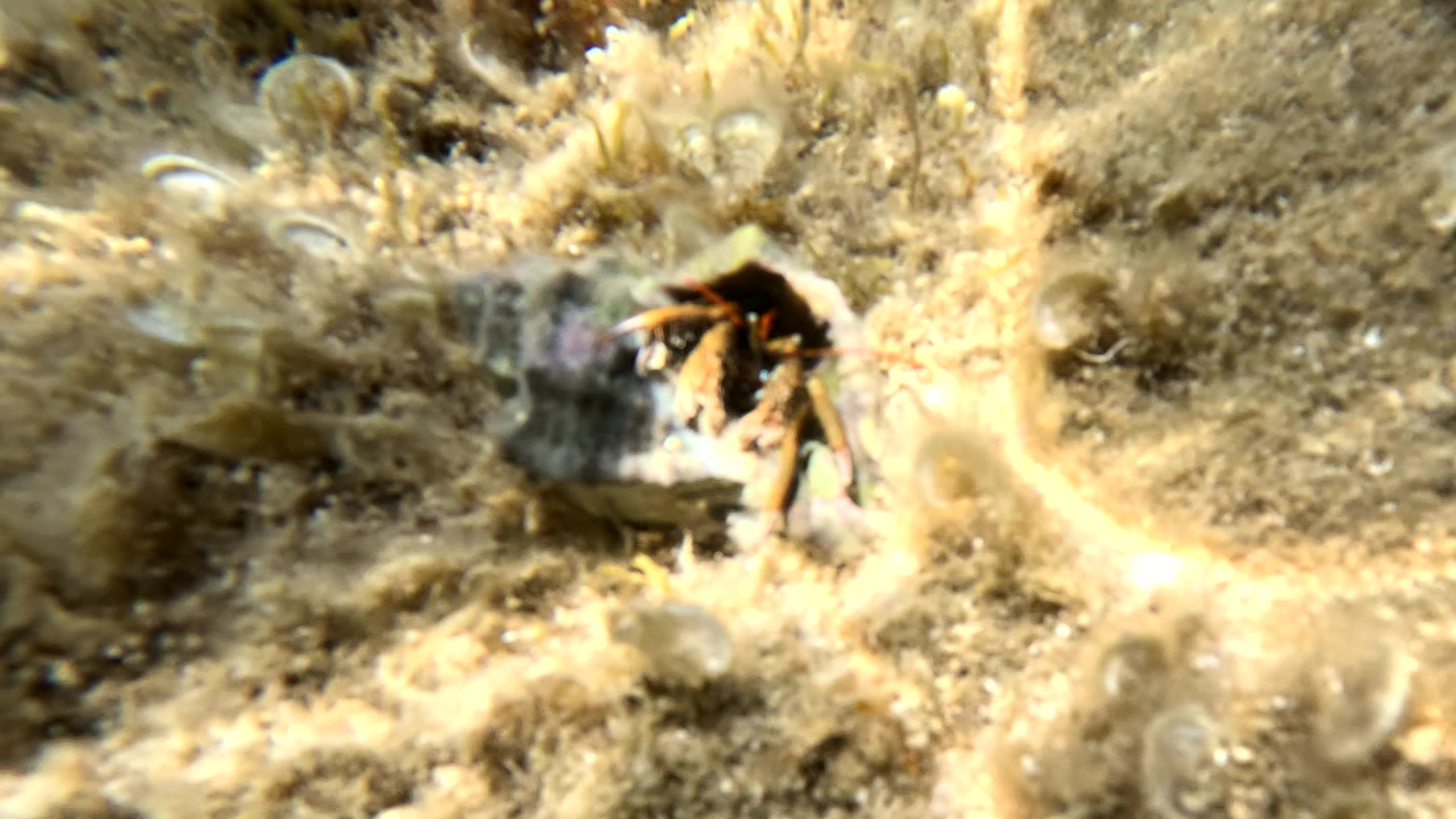
We have probably found the Clibanarius erythropus, red-legged hermit crab, devil hermit crab or coast hermit crab, one of the most common hermit crabs in the Mediterranean but rarely of such dimensions as to be able to easily drag a shell like that of the Murex.
https://it.wikipedia.org/wiki/Clibanarius_erythropus
The rightful owner of the shell is instead the Murex, Hexaplex trunculus (also known as Murex trunculus, Phyllonotus trunculus) is a medium-sized sea snail, a marine gastropod mollusc belonging to the Muricidae family.
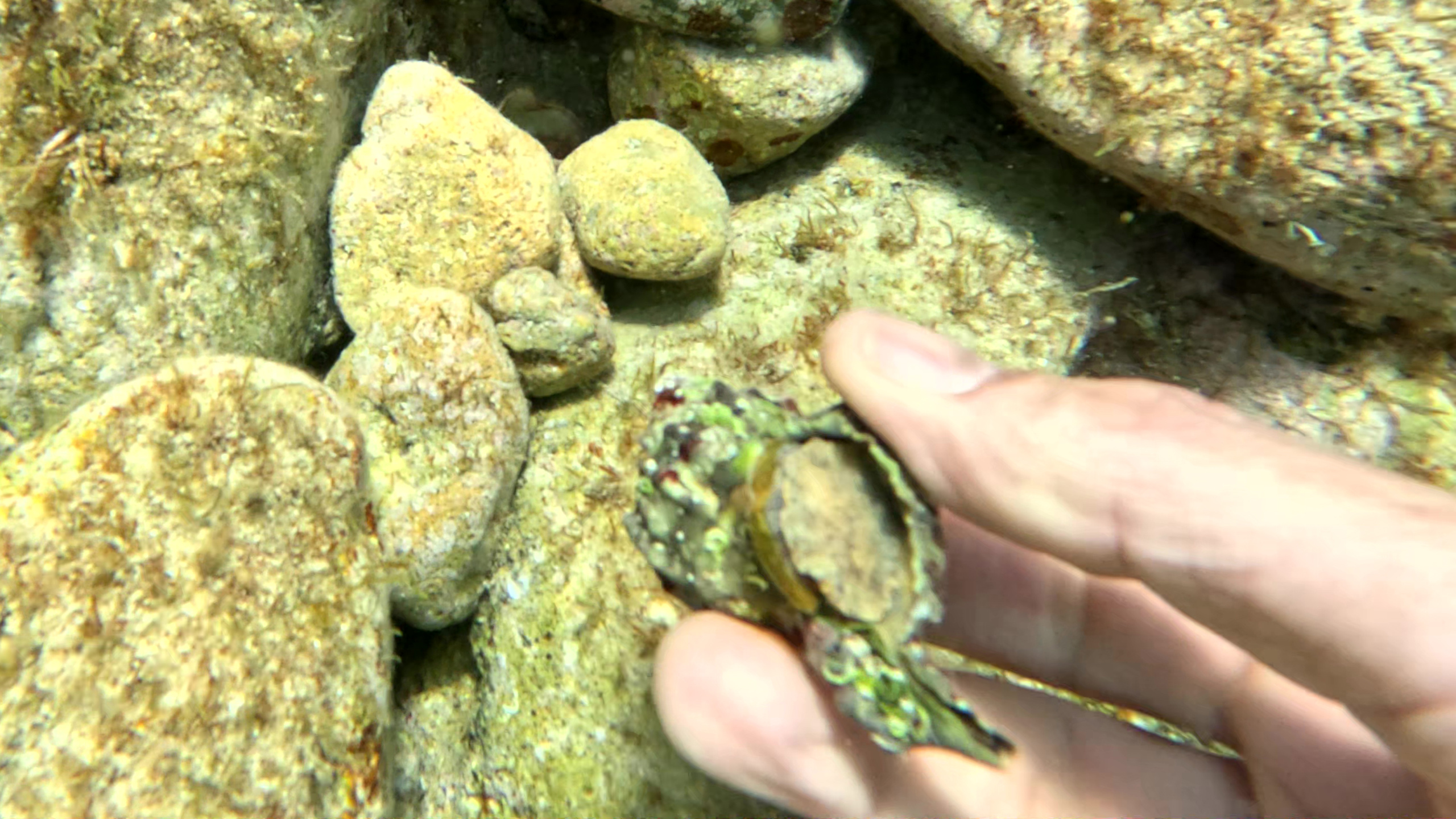
This sea snail is historically important because its hypobranchial gland secretes a mucus used to create a violet-blue indigo dye. Hexaplex trunculus is a very common mollusc throughout the Mediterranean and can be easily found; the conical shell varies from 4 to 10 cm. It has a rather tall spire with seven angled whorls. The ribs sometimes develop thickening or spines and give the shell a rough appearance.
As ancient dye The purple dye originated in Phoenician colonies. The Phoenician port cities on the coast of current-day Lebanon, exported the dye across the Mediterranean.
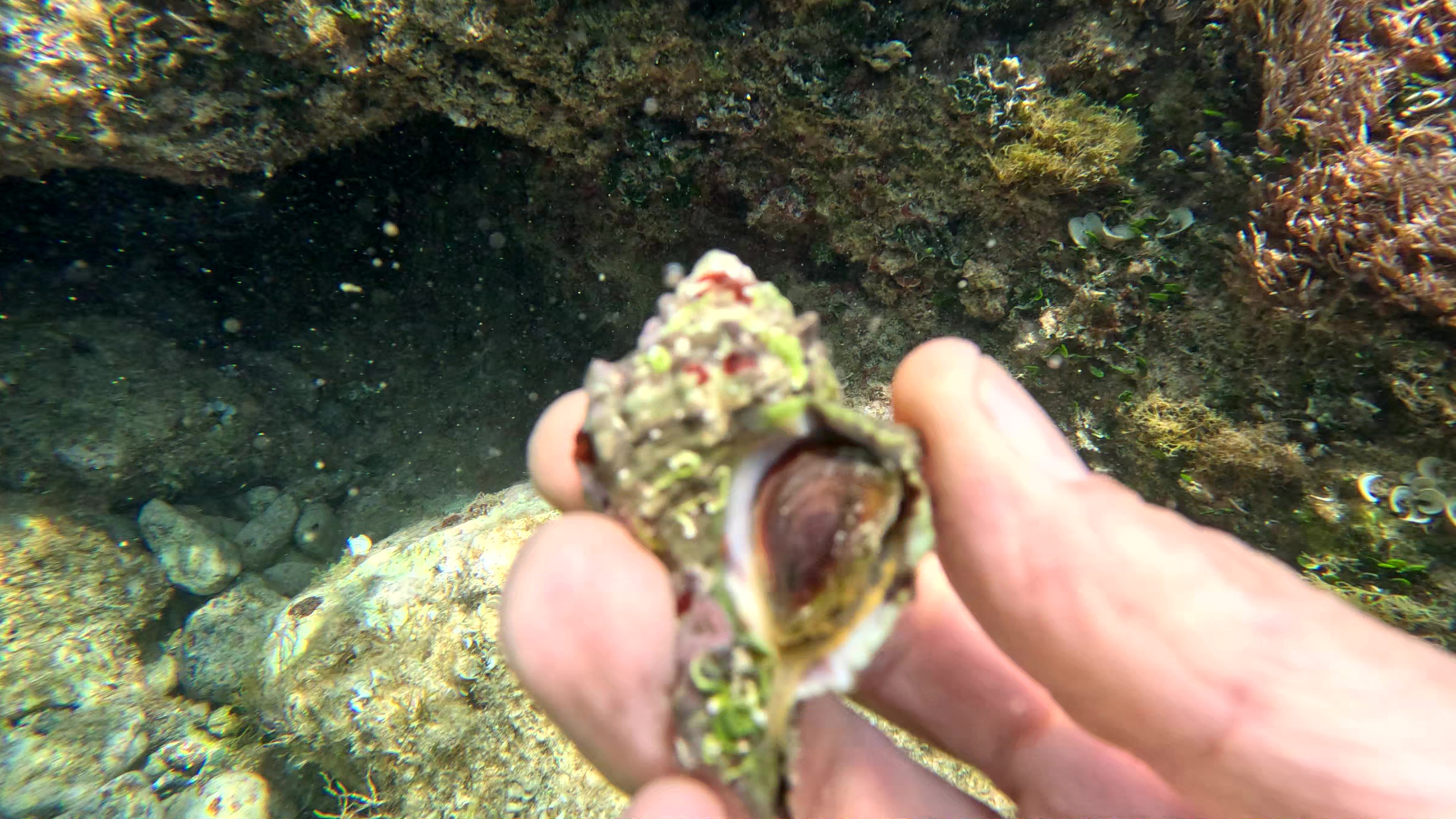
Carthaginian Murex pigment from Tunisia The ancient method for mass-producing purple-blue dye from Hexaplex trunculus has not been successfully reproduced; the purplish hue quickly degrades, resulting in blue only. Nonetheless, archeologists have confirmed Hexaplex trunculus as the species used to create the purple-blue dye; large numbers of shells were recovered from inside ancient live-storage chambers that were used for harvesting. Apparently, 10- to 12,000 murex yielded only one gram of dye. Because of this, the dye was highly prized. Also known as Royal Purple, it was prohibitively expensive and was only used by the highest ranking aristocracy.
A similar dye, Tyrian purple, which is purple-red in color, was made from a related species of marine snail, Murex brandaris. This dye (alternatively known as imperial purple, see purple) was also prohibitively expensive.
https://en.wikipedia.org/wiki/Hexaplex_trunculus

